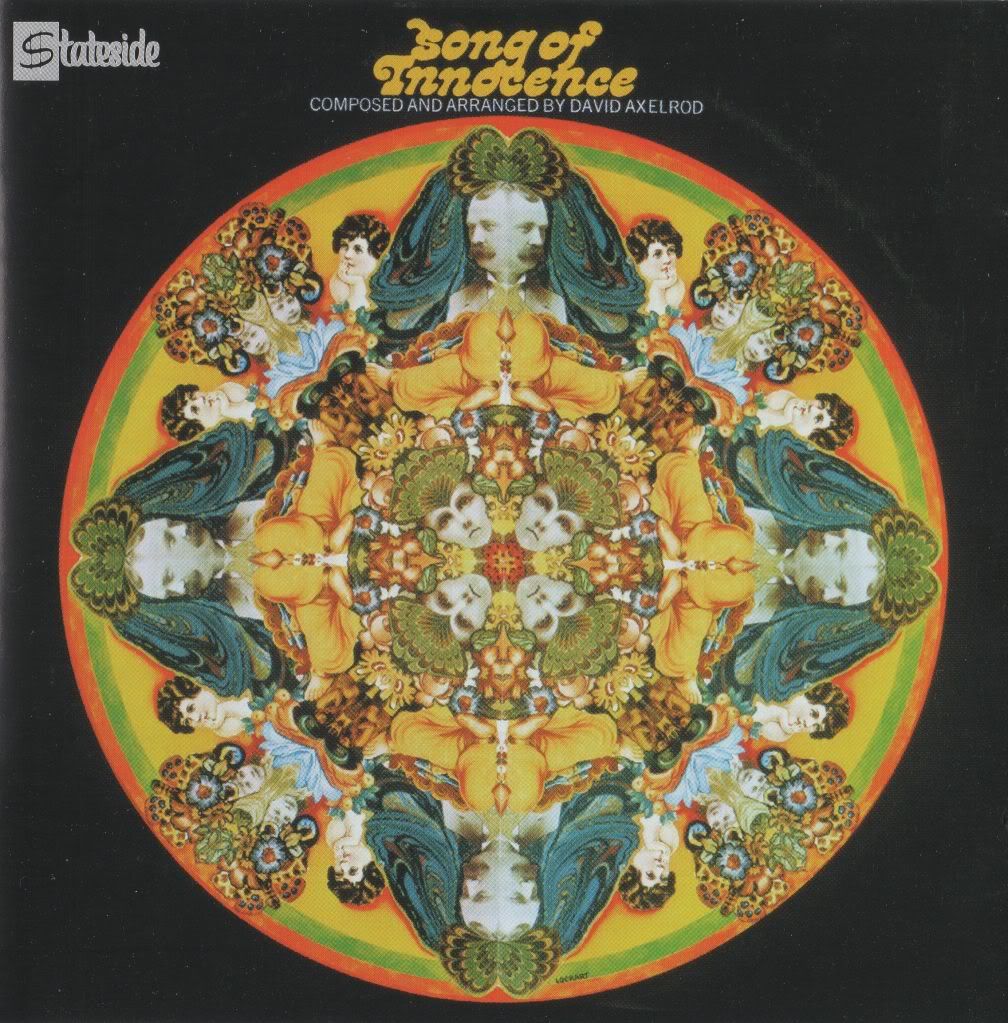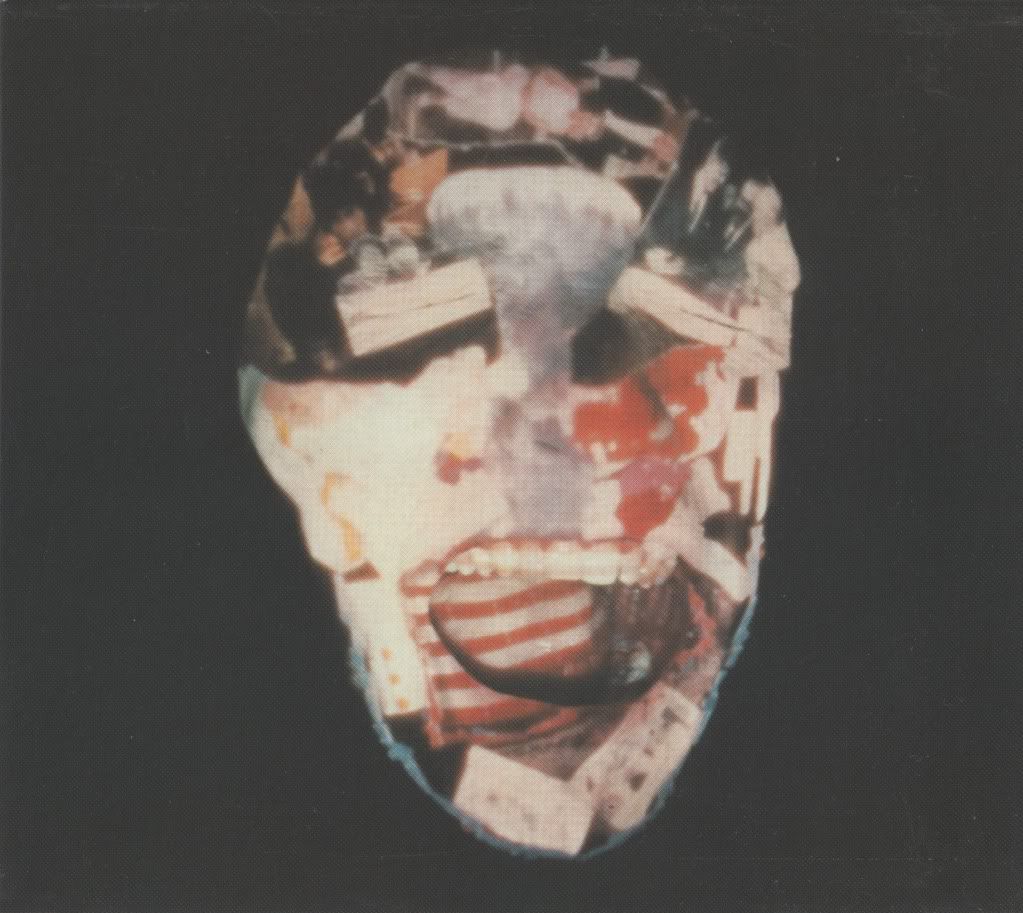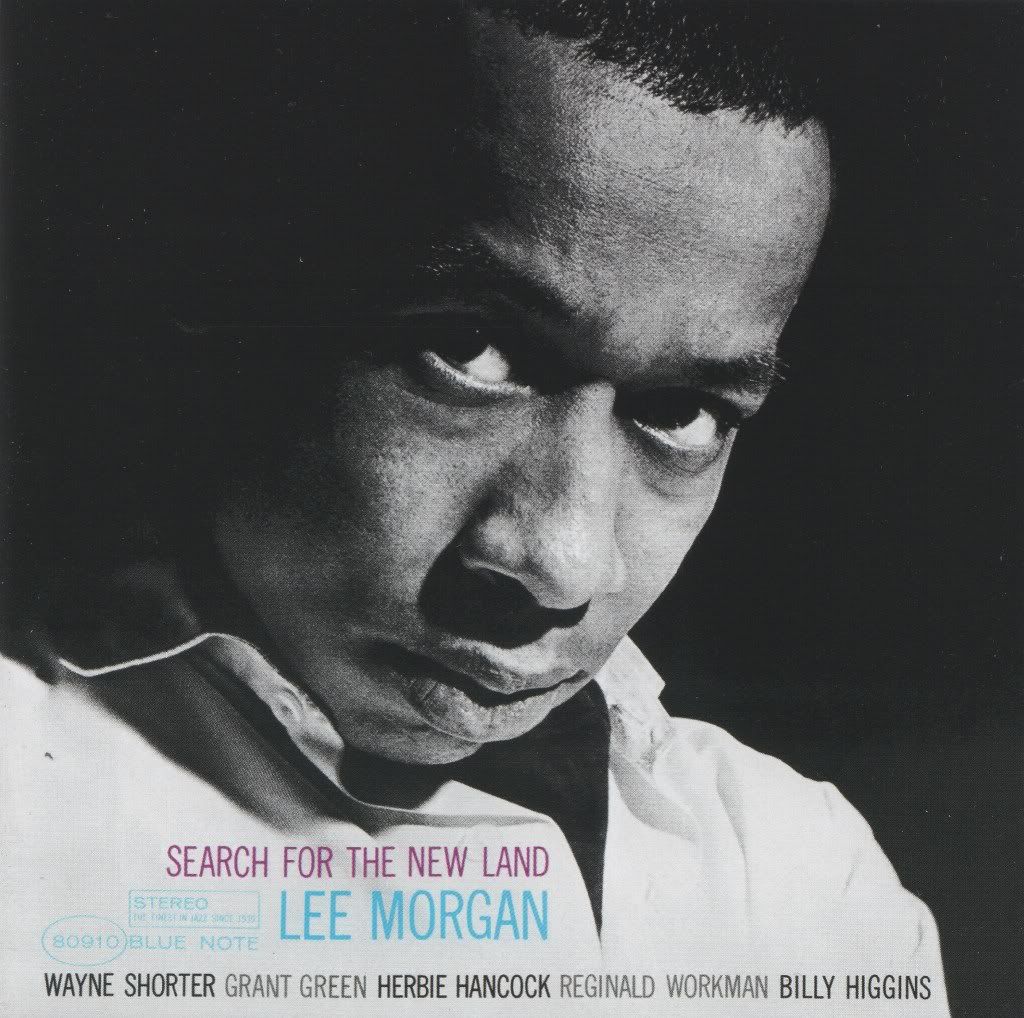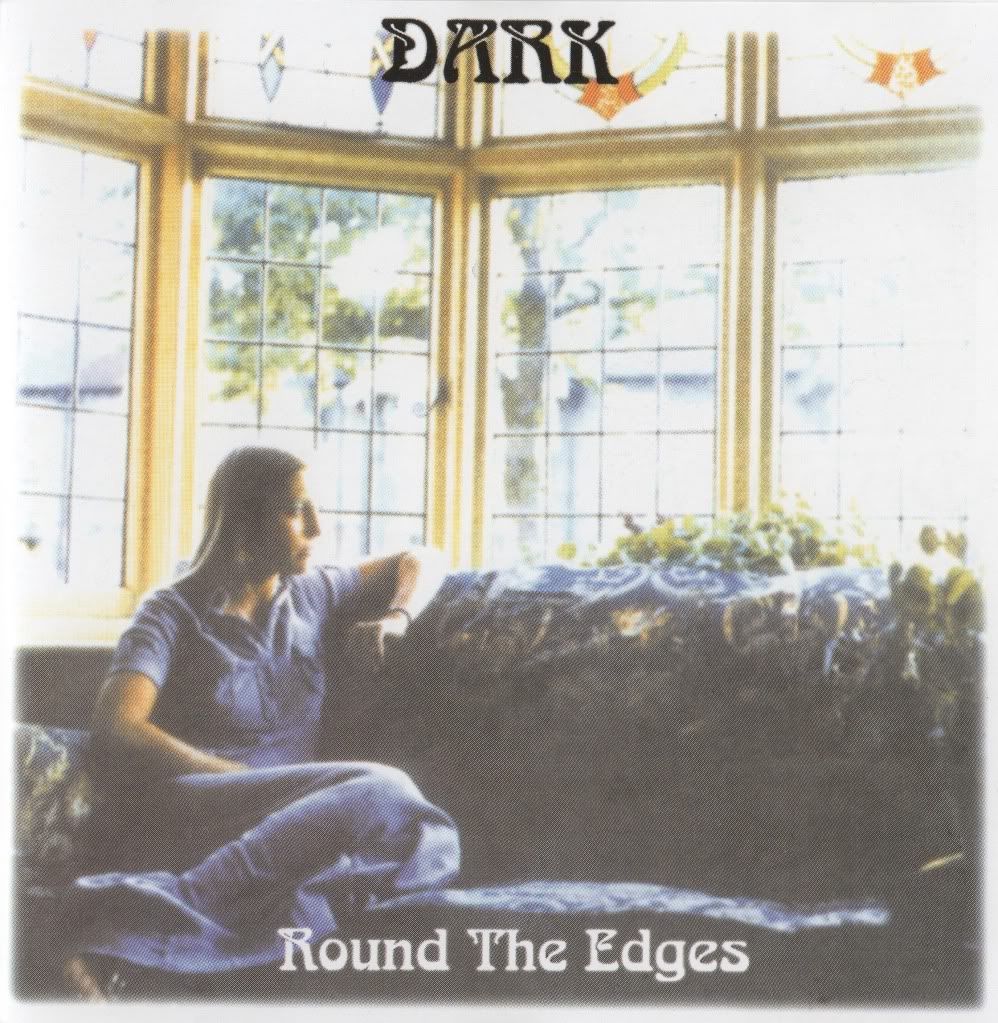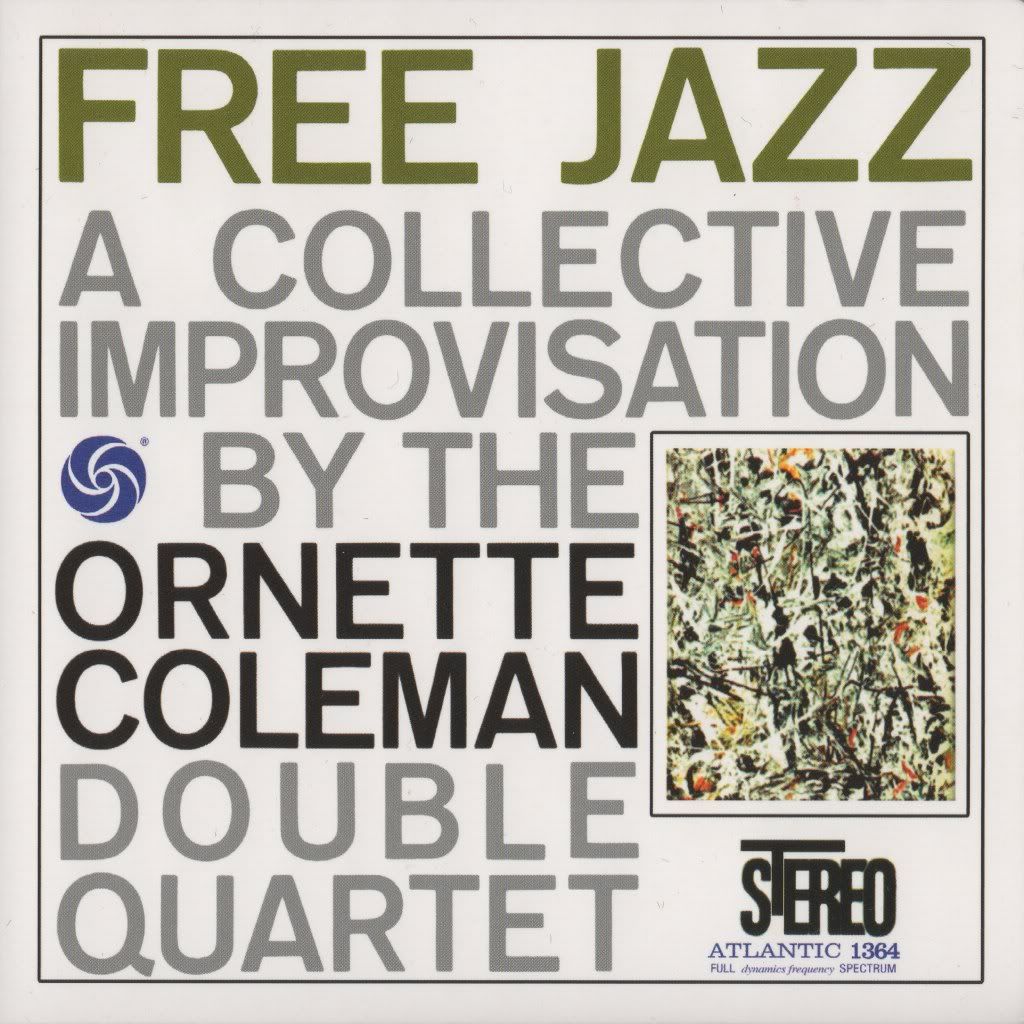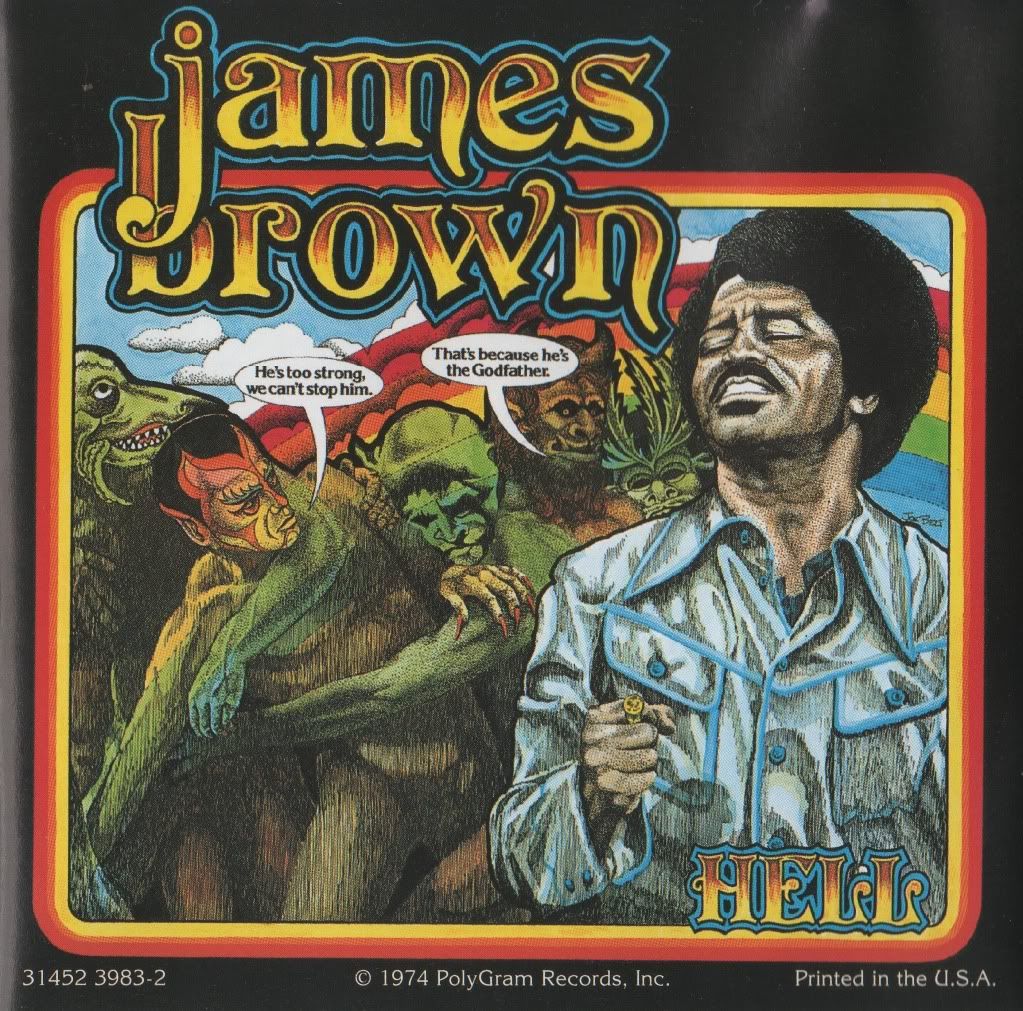Here's a longtime favorite from producer David Axelrod, who worked with Lou Rawls, Cannonball Adderly, the Electric Prunes and others as well as producing a pretty consistent string of solo albums through the late 60's and 70's. This album and its 1969 follow-up Songs of Experience are notable for being based on the poetry of William Blake and being sampled by quite a few hip hop artists. While the suite's sound is undeniably 60's, I always enjoy how Axelrod managed to take bits and pieces of several styles and make something that really has no stylistic equal that I've heard.
Perhaps I'm reading too much into the album title (and keep in mind I have no familiarity with Blake's poetry), but to my ears the "innocence" of Axelrod's compositions here is manifest in the simplicity of the riffs and themes (especially in comparison with this album's follow-up). Most of the songs are built on repeating two-note riffs or ascending and descending scales in deliberately-paced quarter notes, delivered by the orchestral instruments--sweeping strings and a lot of swelling brass. The creepy string fanfare that opens "Urizen" definitely sets the tone, which is often dark but always groovy. In my mind's eye I always picture the orchestra facing a rock trio, blasting out the dramatic and cinematic themes while the bass and drums lay down some visceral funky beats and the guitarist (probably the main reason this album gets tagged "psychedelic") cuts loose with distorted soloing. Bridging the gap between the orchestra's lofty sounds and the drive of the rock instrumentation are a few really well-placed and arranged jazz instruments--piano, organ and vibraphone manage to tie the album's disparate purposes together and enhance the lounge-like atmosphere, as well as provide some of the best details--like the vibraphone breakdown right before the two-minute mark of the oft-sampled "Holy Thursday," which builds into one of the album's most tremendous climaxes.
It may take several listens before the album's melodic cohesion stops sounding like homogeneity, like the subtle twist between the descending two-note riff of "Holy Thursday" and the ascending two-note riff of "The Smile," and subtle shadings like the groovily baroque harpsichord start to poke out. While it's still pretty far off from the joyousness to be found on Songs of Experience, "A Dream" breaks the album's minor template with lovely restraint. "Song of Innocence" is an example of one of the best-realized longer tracks of the album, blending some truly sick drumming with dissonant tension in the strings, an uncharacteristically clean volume pedal guitar solo and a dizzying orchestral conclusion. "Merlin's Prophecy" develops the album's themes with more energy and complexity, progressively pushing the tempo as the track concludes, while "The Mental Traveler" closes the album with a forceful return to the earlier minor textures, including a righteous Morricone-like guitar melody and a dynamic false ending before the strings eerily bleed out into the beyond.
When I share Song of Innocence, it often provokes laughter--it's true that the style is pretty schmaltzy and our ears are conditioned to treat strings and horns as movie soundtrack music, but I find the atmosphere here really great and the session playing rivals many other jazz-pop crossovers of the late 60's--it's easy to hear how influential Axelrod continues to be from trip-hop and beyond.
Get it here

